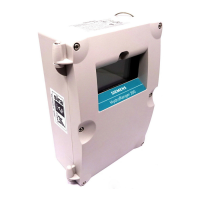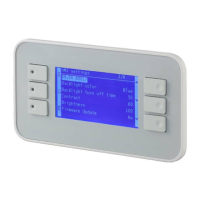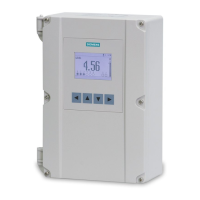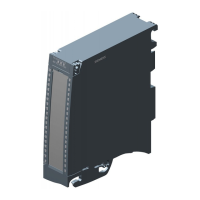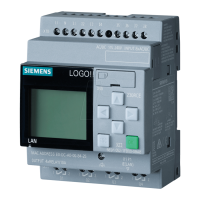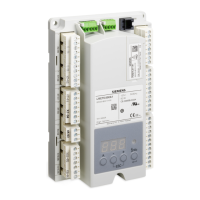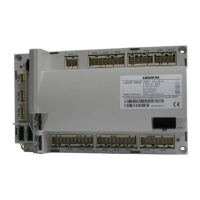Virtual Network configuration
A31003-W1040-U101-1-7619, July 2006 DRAFT
180 HiPath Wireless Controller, Access Points and Convergence Software V4.0, C10/C100/C1000 User Guide
hwc_vnsconfiguration.fm
Configuring Quality of Service (QoS)
7.11 Configuring Quality of Service (QoS)
QoS policy is configured for each VNS and applies to routed, bridged at AP, and bridged at
controller VNSs.
Each VNS has a configurable policy for the QoS characteristics of the VNS. For every user
associated with the VNS there will be a different behavior on the wireless traffic.
The APs are capable of supporting 4 queues. The queues are implemented per radio. For
example, 4 queues per radio. The queues are:
Table 14 Queues
Traffic is classified into the VoicePriority queue (highest level access class) in view of the level
of priority override defined for the VNS. VNS’ for which override priority setting has been
defined as voice priority will have access to the higher priority queue.
The HiPath Wireless Controller supports the definition of 8 levels of user priority. These priority
levels are mapped at the AP to the best appropriate access class. Of the 8 levels of user priority,
6 are considered low priority levels and 2 are considered high priority levels.
WMM clients have the same 4 AC queues. WMM clients will classify the traffic and use these
queues when they are associated with a WMM-enabled AP. WMM clients will behave like
non-WMM clients—map all traffic to the BE queue—when not associated with WMM-enabled
AP.
The prioritization of the traffic on the downstream (for example, from wired to wireless) and on
the upstream (for example, from wireless to wired) is dictated by the configuration of the VNS
and the QoS tagging within the packets, as set by the wireless devices and the host devices on
the wired network.
>
Active QoS is only applied on the wireless/802.11 domain, not on the wired domain.
Queue Name Purpose Number
AC_VO Voice 3
AC_VI Video 2
AC_BK Background 1
AC_BE Best Effort 0

